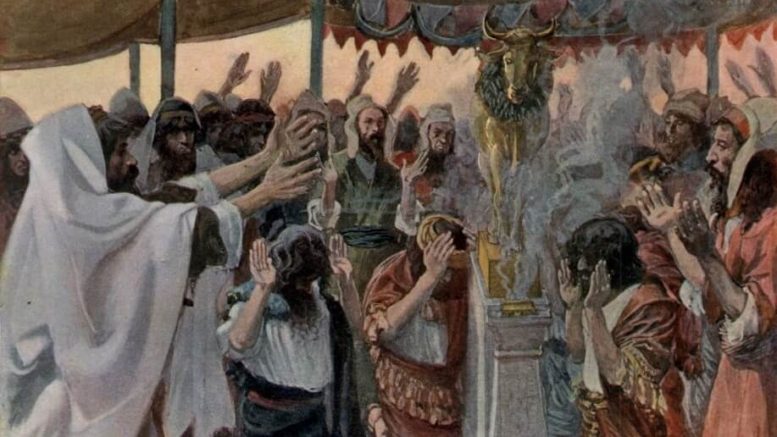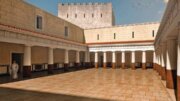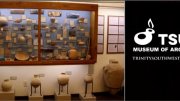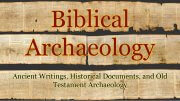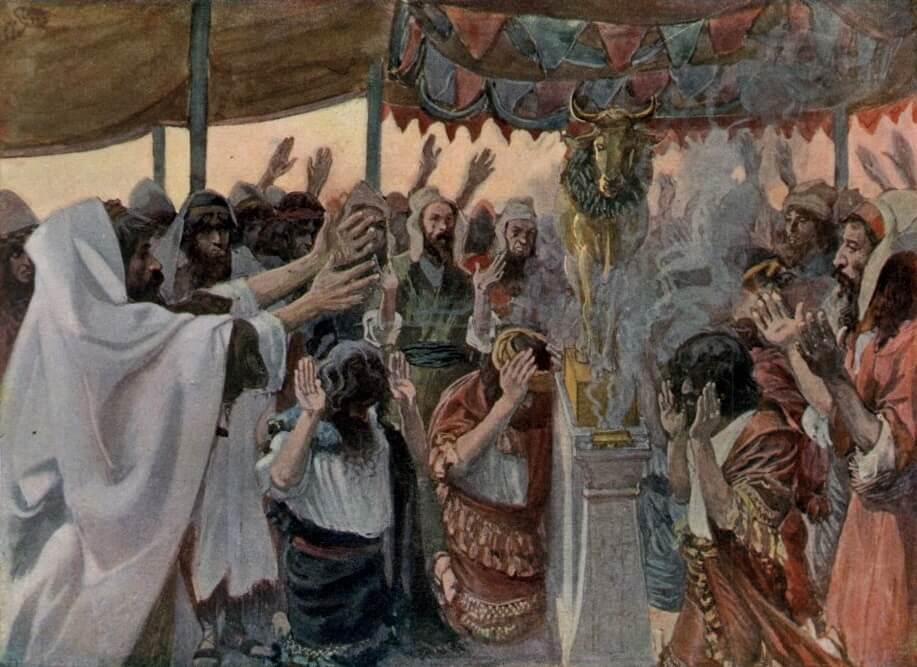 The Golden Calf by James Tissot. (public domain – from Wikimedia Commons)
The Golden Calf by James Tissot. (public domain – from Wikimedia Commons)
Steve Law | Patterns of Evidence
The people of Israel again did what was evil in the sight of the LORD and served the Baals and the Ashtaroth, the gods of Syria, the gods of Sidon, the gods of Moab, the gods of the Ammonites, and the gods of the Philistines. And they forsook the LORD and did not serve him. – Judges 10:6 (ESV)
Archaeological evidence of idol worship from the area of ancient Israel in recent years continues to give us better understandings of folk religion during Israel’s early history. In some circles, these finds are being used for claims that the biblical account is unreliable and does not fit real history.But this begs the question, does this evidence really contradict what the Bible says about idol worship among the Israelites?
The setting was Jerusalem’s Albright Institute in June of this past summer. Filmmaker Timothy Mahoney was interviewing the widely respected Austrian Egyptologist Manfred Bietak. For most of his career, Bietak was known for directing the excavations at Tell el-Daba. This was the site of Avaris, an ancient city in Egypt’s Nile Delta that lay underneath the southern district of the city of Ramesses, the location the Bible mentions as a center of Israelite activity in the centuries before the Exodus.
Over 30 seasons of digging at Tell el-Daba, archaeologists found evidence showing the site began and quickly expanded during Egypt’s 12th and 13th dynasties to become the most populated city of its day. After Egypt’s power fell, the city became known as Avaris, the capital city of the foreign Hyksos who ruled much of northern Egypt for more than a century during Egypt’s Second Intermediate Period before being ousted by the first New Kingdom pharaohs of the 18th Dynasty.

